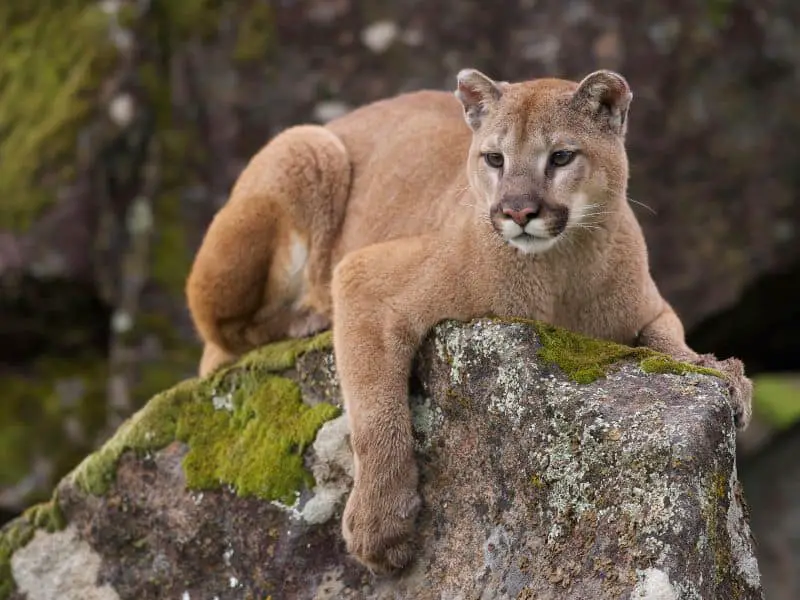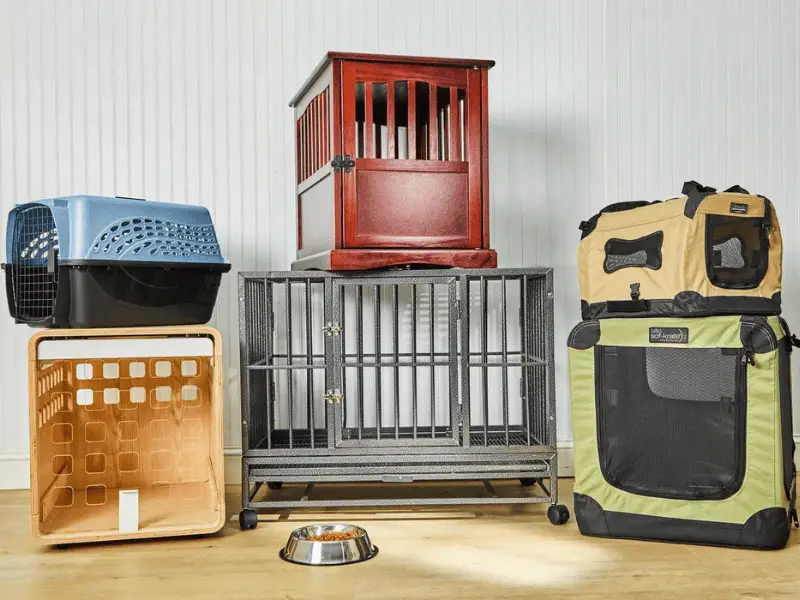How much do you know about different dog breeds? Dogs are one of the most popular pets in the world and come in a wide variety of breeds. Each breed has its own unique characteristics, temperament, and physical appearance that make them suitable for different lifestyles and environments.
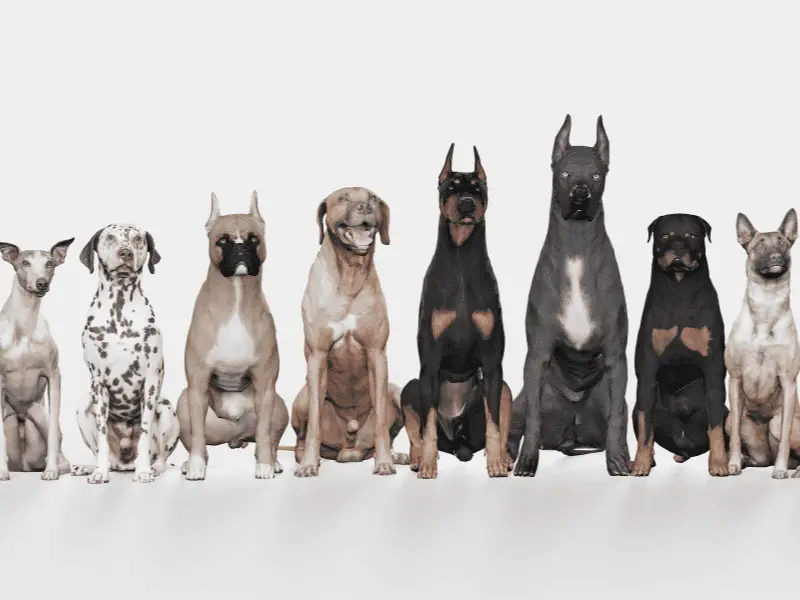
It is important for potential dog owners to understand the differences between various dog breeds to select the right one for their needs.
Definition of Dog Breeds
A dog breed is a specific type of domesticated canine that has been selectively bred over time to exhibit certain physical traits, behaviors, and characteristics.
Dog breeds have been developed for various purposes, such as hunting, herding, guarding, companionship, and more. Each breed has its own set of distinct features that distinguish it from other breeds.
The American Kennel Club (AKC) recognizes over 190 different breeds of dogs. These breeds are organized into seven different groups based on their shared characteristics:
Sporting Group, Hound Group, Working Group, Terrier Group, Toy Group, Non-Sporting Group, and Herding Group.
Importance of Understanding Different Dog Breeds
Understanding different dog breeds is essential when selecting a pet because each breed has specific requirements that need to be met in order to ensure a healthy and happy life.
Factors such as exercise needs, grooming requirements, and temperament traits like aggression or shyness all vary greatly between dog breeds.
Failing to properly research a dog breed before adopting could lead to issues such as behavioral problems or health issues later down the line.
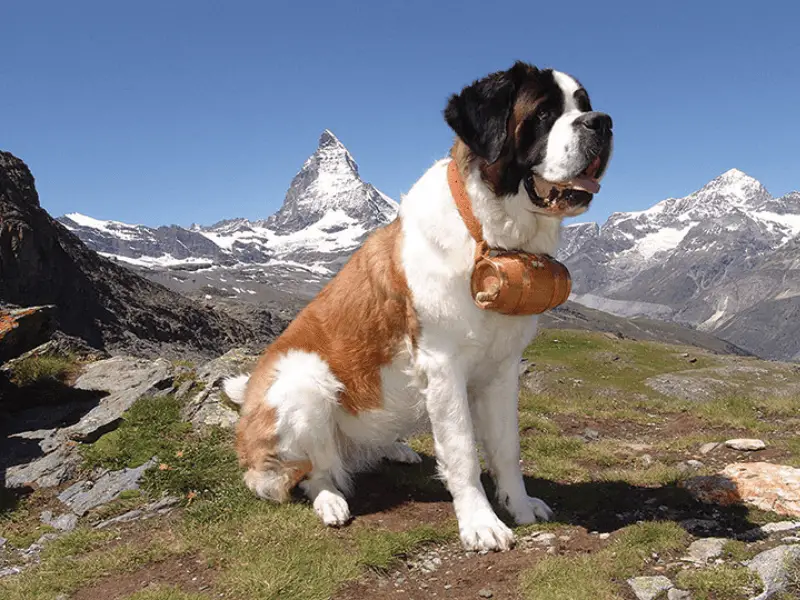
It is important that individuals understand what they are getting into before committing to owning a particular breed. It can also prevent contributing factors leading to animal abuse or neglect when owners are not fully aware of their responsibilities towards their pet’s specific needs.
it is important to have a basic understanding of different dog breeds, their features, and the requirements that come along with each breed. This knowledge can help ensure that the dog and owner will have a happy and healthy relationship for many years.
Big Dog Breeds
An Overview of Big Dog Breeds
Big dog breeds are known for their imposing size and strength. They’re often bred for jobs such as guarding, hunting or providing protection on farms. Some are also kept as household pets because of their loyal and affectionate personalities.
These dogs require a lot of space to move around and exercise, making them less suited to small apartments or homes with limited outdoor areas.
However, big dog breeds can make wonderful companions if you have the space and time to devote to them.
Characteristics and Traits of Big Dogs
Big dogs come in different shapes and sizes, but they all share certain characteristics that set them apart from smaller breeds. These include a powerful build, deep chest, and broad head.
They also tend to have thick coats that provide insulation against cold weather.
Because of their size, these dogs require a lot of food – often twice as much as smaller breeds – so they can grow strong muscles and maintain their energy levels.
Big dogs are generally friendly with people but may be wary around strangers or other animals due to their protective instincts. If not properly trained and socialized from an early age, they may become aggressive towards other dogs or even people.
Examples of Popular Big Dog Breeds:
- Great Dane: Known as the “gentle giant”, Great Danes can weigh up to 200 pounds! They’re known for being patient with children and form strong bonds with their owners.
- Saint Bernard: originally bred for search-and-rescue missions in the swiss alps, these big dogs have thick fur coats that keep them warm in cold climates.
- Mastiff: Mastiffs are one of the oldest dog breeds and are known for their bravery and loyalty. They can weigh over 200 pounds and have an imposing size that makes them a good choice for guarding homes or farms.
Big dog breeds can make great pets if you have the space and resources to care for them properly. They’re loyal, protective, and loving companions who will always be by your side.
However, potential owners should be prepared to provide lots of exercise, training, and attention to ensure their big dog lives a happy and healthy life.
Small Dog Breeds
Overview of Small Dog Breeds
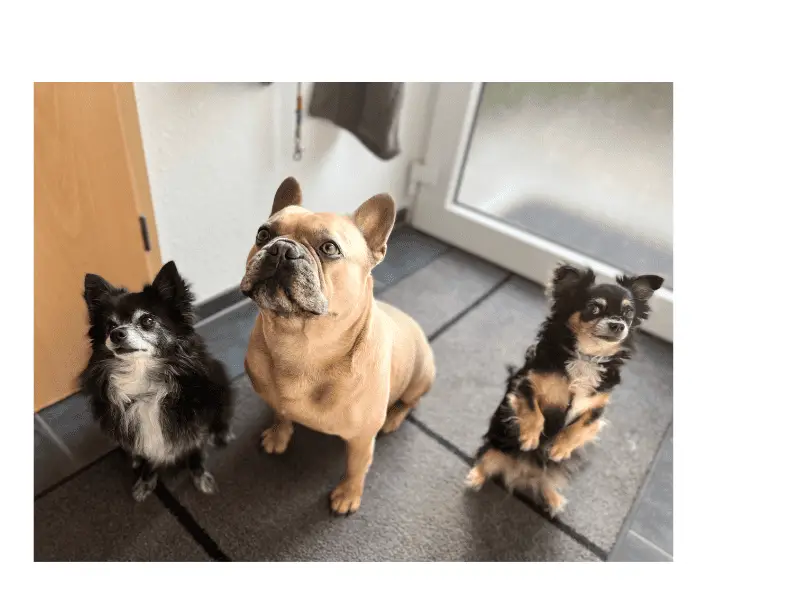
Small dog breeds are popular among pet owners for their compact size, making them ideal for people who live in apartments or small homes.
They are also known for their endearing personalities and playful disposition, which makes them great companions for families with children.
Small dogs come in different shapes, sizes, and colors, and choosing the right breed involves understanding their unique characteristics.
Characteristics and Traits of Small Dogs
Small dogs are typically less than 15 inches tall and weigh less than 20 pounds. They have a faster metabolism than larger breeds, which means they need more frequent meals throughout the day.
They require less exercise than larger breeds but still need daily walks to maintain good health. Small dogs are often categorized as lapdogs or toy breeds and tend to be affectionate towards their owners.
However, they may not get along well with other pets due to their territorial nature. Some small dog breeds are also known to have a stubborn streak that can make training difficult.
Examples of Different Dog Breeds: Popular Small Dog Breeds: Chihuahua, Pomeranian, Shih Tzu
1. Chihuahua: This Mexican breed is one of the smallest dog breeds in the world, weighing only 2-6 pounds. Despite their small size, they are known for their feisty personality and fearless nature.
2. Pomeranian: These fluffy little dogs originated in Germany and weigh around 4-7 pounds on average. Pomeranians are intelligent and eager to please but can be prone to excessive barking if not properly trained.
3. Shih Tzu: This Chinese breed is famous for its long silky coat that requires regular grooming. Shih Tzus are friendly and affectionate dogs that love spending time with their owners.
They do well in small spaces and are a great choice for apartment living. Small dog breeds are popular for pet owners who want a furry companion that is easy to handle and care for.
Understanding their unique characteristics is essential in choosing the right breed for your lifestyle.
Chihuahuas, Pomeranians, and Shih Tzus are just a few examples of the many small dog breeds available, each with their own distinct personality traits.
Medium-Sized Dog Breeds
Medium-sized dog breeds are popular for many people due to their manageable size and friendly temperaments.

These dogs are typically between 30-60 pounds and stand around 18-24 inches tall at the shoulder. They are also known for being very active, so they require plenty of exercise and playtime to stay healthy and happy.
Overview of Medium-Sized Dog Breeds
Medium-sized dog breeds have a wide variety of physical characteristics, but they all share certain traits.
These dogs are usually adaptable to different living situations, making them a great choice for families living in apartments or houses with moderate-sized yards.
They are known for being friendly, loyal, and intelligent pets that can be trained easily with positive reinforcement techniques.
Some of the most common physical traits of medium-sized dog breeds include sturdy builds with muscular frames, short to medium-length fur coats that may be curly or straight depending on the breed, and alert ears that stand up or flop down depending on their natural shape.
While some medium-sized dogs may have a more aggressive look due to their muscular builds, they are generally very gentle dogs that make great companions.
Characteristics and Traits of Medium-Sized Dogs
One key trait most medium-sized dogs share is their high energy level. These dogs love to run around and play outdoors, making them an ideal choice for active families who enjoy hiking or going on long walks. They also tend to be very social animals who enjoy spending time with humans and other pets alike.
Another notable characteristic is their intelligence level which makes them easy to train. In fact, many medium-sized dog breeds are used as service animals due to their ability to learn quickly and follow commands accurately without hesitation.
Examples of Popular Medium-Sized Dog Breeds
Some popular examples of medium-sized dog breeds include the Labrador Retriever, Golden Retriever, and Border Collie. The Labrador Retriever is a beloved family pet that is known for its friendly demeanor, intelligence, and loyalty.
This breed is also very adaptable and can be trained to perform a variety of tasks, such as assisting people with disabilities or working as hunting dogs. The Golden Retriever is another popular medium-sized breed that is known for being very gentle and affectionate with children.
They are also highly trainable and excel in obedience competitions due to their desire to please their owners. The Border Collie is an energetic breed that requires plenty of exercise and stimulation to stay happy.
They are naturally obedient and intelligent dogs that excel in agility competitions. Overall, medium-sized dog breeds offer a great balance between size, personality, and energy level for many families looking for a furry companion.
Rare and Unusual Dog Breeds
Overview of Rare and Unusual Dog Breeds
While many dog breeds are well-known, some are more rare and unique. These breeds may not be as popular as others, but they have their own distinct characteristics that make them stand out.
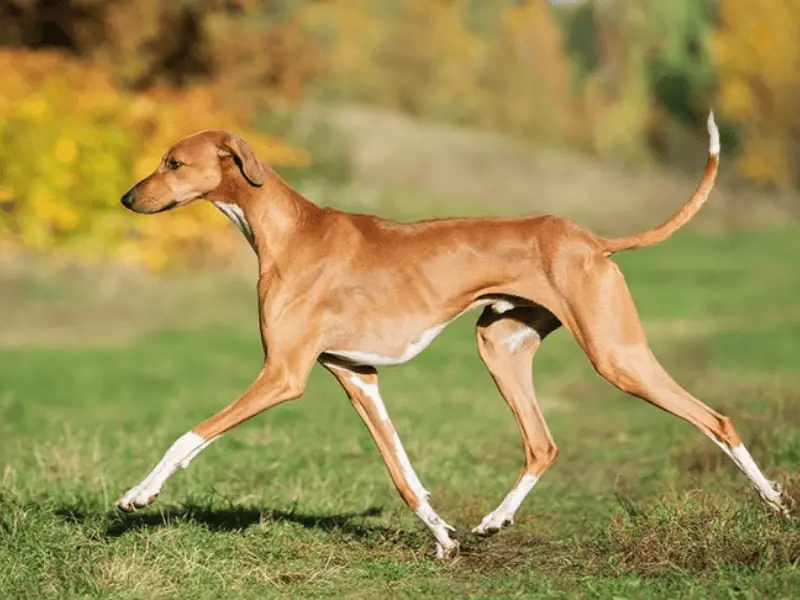
It’s important for potential dog owners to consider these rare breeds when looking for a pet, as they can offer a unique experience and personality. Rare dog breeds often have a rich history or cultural significance.
They may also have been developed for specific purposes such as hunting or guarding. While rare breeds may be harder to find in local shelters or pet stores, interested owners can often find them through breeders or rescue organizations.
Characteristics and Traits that Make Them Unique
One characteristic that sets rare dog breeds apart is their appearance. Some have unique markings, fur textures, or body types that make them stand out from other breeds.
For example, the Azawakh is known for its elongated legs and sleek coat while the Xoloitzcuintli has little to no hair at all.
In addition to physical traits, many rare dog breeds also possess unique personality traits. For instance, the Tibetan Mastiff is known for its loyalty and protective nature while the Xoloitzcuintli is said to be sensitive and intuitive with its owner’s emotions.
Examples Include: Azawakh, Xoloitzcuintli, Tibetan Mastiff
The Azawakh is a sighthound breed originally from West Africa that was bred for hunting gazelles in the desert region of Mali. This breed has a slim build yet muscular frame with long legs that allow it to run fast in rough terrain.
The Azawakh has short hair that comes in various colors such as red fawn or black with white markings. The Xoloitzcuintli, or Mexican Hairless Dog, is a breed that has been around for over 3,000 years.
This breed was considered sacred to the Aztecs and was often used in religious ceremonies. Xoloitzcuintlis can come in three sizes and have either hairless or coated coats.
This rare breed may be ideal for people with allergies as they shed very little. The Tibetan Mastiff is a large and powerful breed originating from Tibet.
It was bred as a guard dog to protect flocks and property from predators such as wolves and bears. The Tibetan Mastiff is loyal to its family but can be wary of strangers.
Their thick coat comes in various colors including black, brown, and gold. Rare dog breeds offer potential dog owners a unique experience with their distinct characteristics that set them apart from more common breeds.
While they may not be as readily available at local pet stores or shelters, interested owners can find them through breeders or rescue organizations.
Whether it’s the elegant Azawakh, sensitive Xoloitzcuintli, or protective Tibetan Mastiff – these rare breeds offer something special for those looking for an extraordinary companion.
Final Thoughts On Different Dog Breeds
Choosing the right dog breed can be a big decision for any individual or family. Understanding dog breeds’ different types, sizes, and characteristics is crucial in making an informed decision that will meet your lifestyle and needs.
Whether you prefer a big, small or medium-sized breed, it’s important to do your research to find the right fit for you.
Big dogs are known for being loyal, loving pets with much energy. However, they also require plenty of exercise and space to move around.
Small dogs may be better suited for individuals with limited living space or less active lifestyles. However, they can still require regular exercise and socialization like their larger counterparts.
Medium-sized breeds often have a good balance of energy levels and adaptability. In addition to size considerations, it’s important to understand the specific characteristics and traits of different breeds.
Some dogs require more grooming than others while some may have unique personality quirks that require special attention or training strategies.
Ultimately, taking the time to research different types of dog breeds will ensure that you choose a pet that will bring joy and companionship into your life for years to come.
A New Companion Awaits
With so many different breeds available, there is sure to be one out there that is the perfect fit for you! Remember that each breed comes with unique pros and cons; take time researching these before making your final decision. Your new furry friend will bring joy into your life while always being a loyal companion!

